Fotis Psallidas
Optimizing open-domain question answering with graph-based retrieval augmented generation
Mar 04, 2025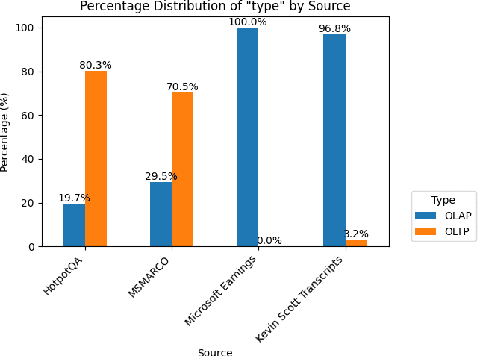

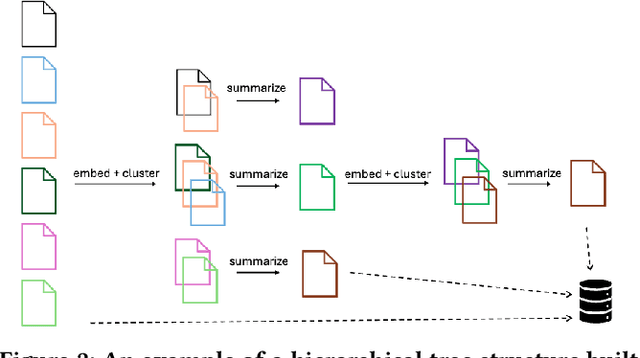
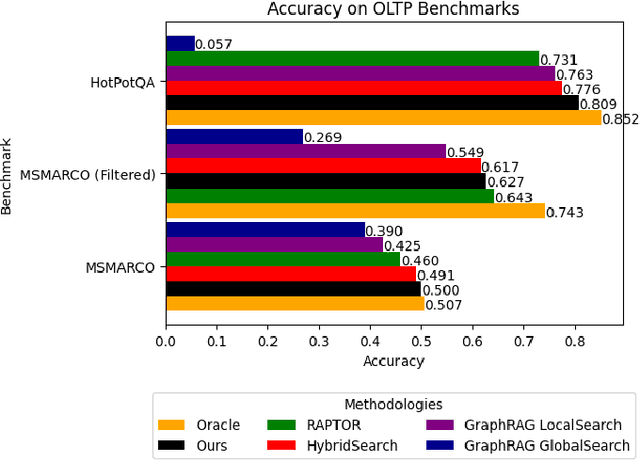
Abstract:In this work, we benchmark various graph-based retrieval-augmented generation (RAG) systems across a broad spectrum of query types, including OLTP-style (fact-based) and OLAP-style (thematic) queries, to address the complex demands of open-domain question answering (QA). Traditional RAG methods often fall short in handling nuanced, multi-document synthesis tasks. By structuring knowledge as graphs, we can facilitate the retrieval of context that captures greater semantic depth and enhances language model operations. We explore graph-based RAG methodologies and introduce TREX, a novel, cost-effective alternative that combines graph-based and vector-based retrieval techniques. Our benchmarking across four diverse datasets highlights the strengths of different RAG methodologies, demonstrates TREX's ability to handle multiple open-domain QA types, and reveals the limitations of current evaluation methods. In a real-world technical support case study, we demonstrate how TREX solutions can surpass conventional vector-based RAG in efficiently synthesizing data from heterogeneous sources. Our findings underscore the potential of augmenting large language models with advanced retrieval and orchestration capabilities, advancing scalable, graph-based AI solutions.
Vamsa: Tracking Provenance in Data Science Scripts
Jan 07, 2020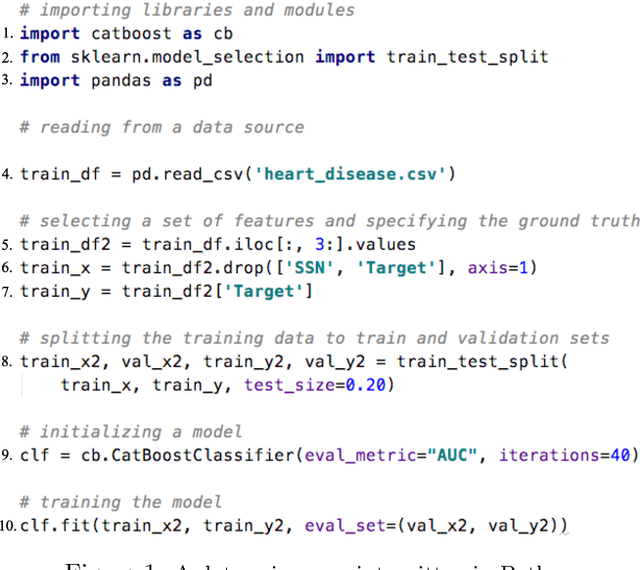

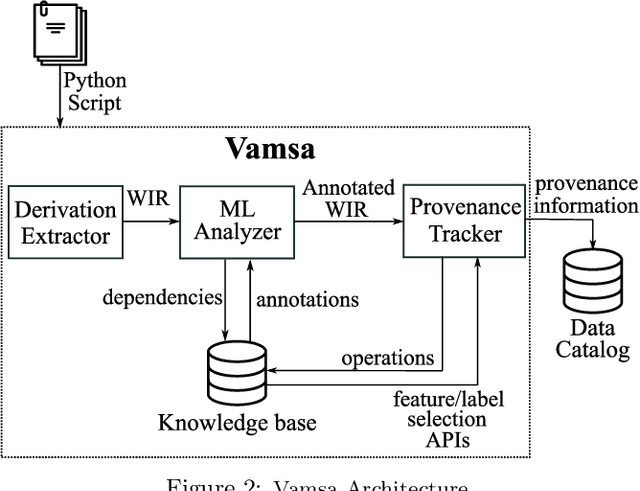
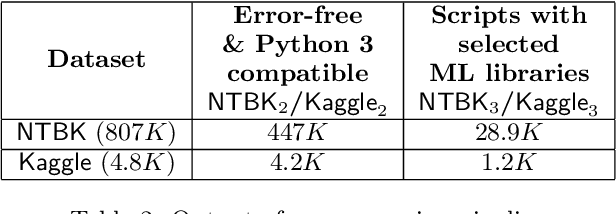
Abstract:Machine learning (ML) which was initially adopted for search ranking and recommendation systems has firmly moved into the realm of core enterprise operations like sales optimization and preventative healthcare. For such ML applications, often deployed in regulated environments, the standards for user privacy, security, and data governance are substantially higher. This imposes the need for tracking provenance end-to-end, from the data sources used for training ML models to the predictions of the deployed models. In this work, we take a first step towards this direction by introducing the ML provenance tracking problem in the context of data science scripts. The fundamental idea is to automatically identify the relationships between data and ML models and in particular, to track which columns in a dataset have been used to derive the features of a ML model. We discuss the challenges in capturing such provenance information in the context of Python, the most common language used by data scientists. We then, present Vamsa, a modular system that extracts provenance from Python scripts without requiring any changes to the user's code. Using up to 450K real-world data science scripts from Kaggle and publicly available Python notebooks, we verify the effectiveness of Vamsa in terms of coverage, and performance. We also evaluate Vamsa's accuracy on a smaller subset of manually labeled data. Our analysis shows that Vamsa's precision and recall range from 87.5% to 98.3% and its latency is typically in the order of milliseconds for scripts of average size.
Data Science through the looking glass and what we found there
Dec 19, 2019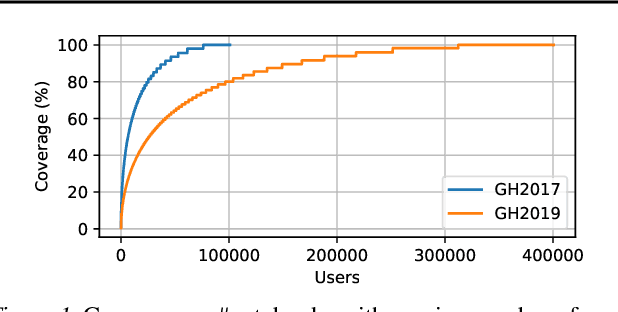
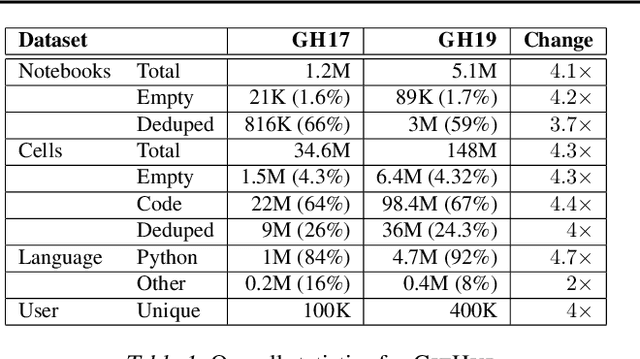
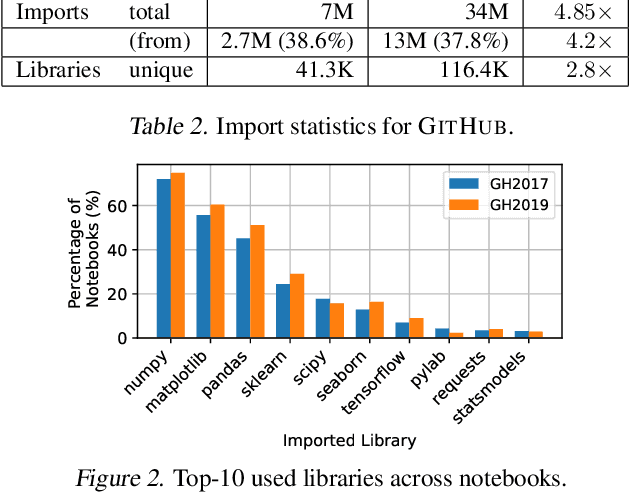
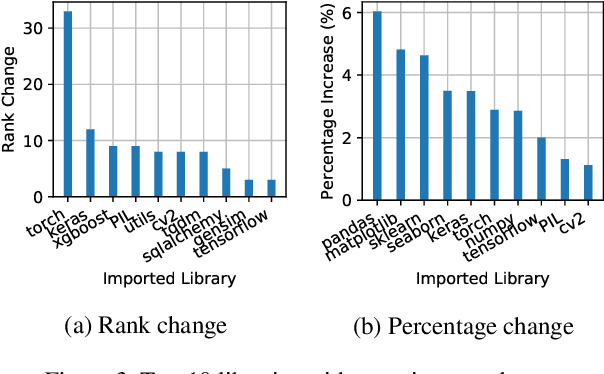
Abstract:The recent success of machine learning (ML) has led to an explosive growth both in terms of new systems and algorithms built in industry and academia, and new applications built by an ever-growing community of data science (DS) practitioners. This quickly shifting panorama of technologies and applications is challenging for builders and practitioners alike to follow. In this paper, we set out to capture this panorama through a wide-angle lens, by performing the largest analysis of DS projects to date, focusing on questions that can help determine investments on either side. Specifically, we download and analyze: (a) over 6M Python notebooks publicly available on GITHUB, (b) over 2M enterprise DS pipelines developed within COMPANYX, and (c) the source code and metadata of over 900 releases from 12 important DS libraries. The analysis we perform ranges from coarse-grained statistical characterizations to analysis of library imports, pipelines, and comparative studies across datasets and time. We report a large number of measurements for our readers to interpret, and dare to draw a few (actionable, yet subjective) conclusions on (a) what systems builders should focus on to better serve practitioners, and (b) what technologies should practitioners bet on given current trends. We plan to automate this analysis and release associated tools and results periodically.
Extending Relational Query Processing with ML Inference
Nov 01, 2019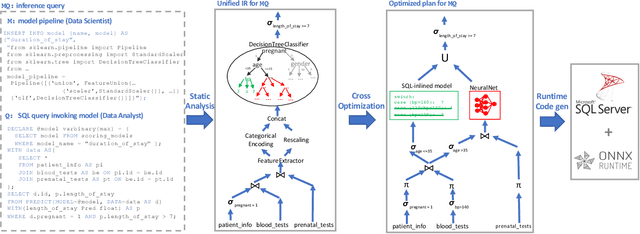

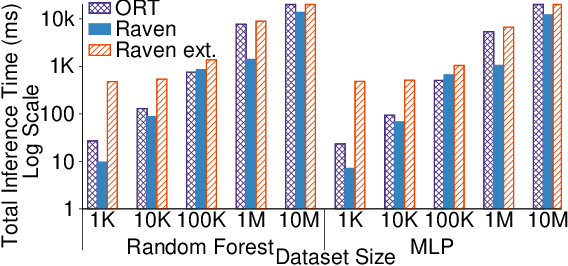
Abstract:The broadening adoption of machine learning in the enterprise is increasing the pressure for strict governance and cost-effective performance, in particular for the common and consequential steps of model storage and inference. The RDBMS provides a natural starting point, given its mature infrastructure for fast data access and processing, along with support for enterprise features (e.g., encryption, auditing, high-availability). To take advantage of all of the above, we need to address a key concern: Can in-RDBMS scoring of ML models match (outperform?) the performance of dedicated frameworks? We answer the above positively by building Raven, a system that leverages native integration of ML runtimes (i.e., ONNX Runtime) deep within SQL Server, and a unified intermediate representation (IR) to enable advanced cross-optimizations between ML and DB operators. In this optimization space, we discover the most exciting research opportunities that combine DB/Compiler/ML thinking. Our initial evaluation on real data demonstrates performance gains of up to 5.5x from the native integration of ML in SQL Server, and up to 24x from cross-optimizations--we will demonstrate Raven live during the conference talk.
Cloudy with high chance of DBMS: A 10-year prediction for Enterprise-Grade ML
Aug 30, 2019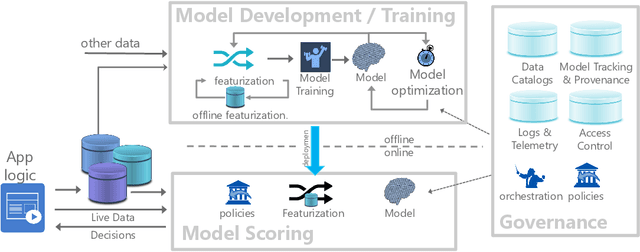
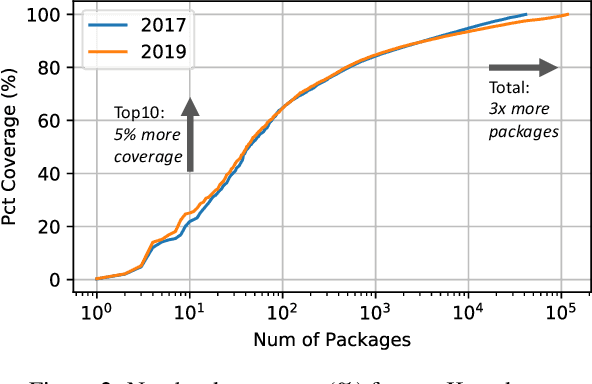
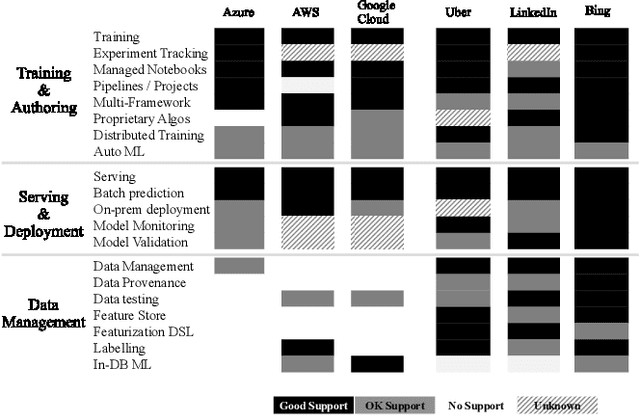
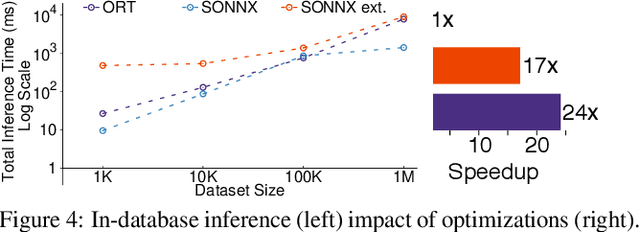
Abstract:Machine learning (ML) has proven itself in high-value web applications such as search ranking and is emerging as a powerful tool in a much broader range of enterprise scenarios including voice recognition and conversational understanding for customer support, autotuning for videoconferencing, inteligent feedback loops in largescale sysops, manufacturing and autonomous vehicle management, complex financial predictions, just to name a few. Meanwhile, as the value of data is increasingly recognized and monetized, concerns about securing valuable data and risks to individual privacy have been growing. Consequently, rigorous data management has emerged as a key requirement in enterprise settings. How will these trends (ML growing popularity, and stricter data governance) intersect? What are the unmet requirements for applying ML in enterprise settings? What are the technical challenges for the DB community to solve? In this paper, we present our vision of how ML and database systems are likely to come together, and early steps we take towards making this vision a reality.
 Add to Chrome
Add to Chrome Add to Firefox
Add to Firefox Add to Edge
Add to Edge